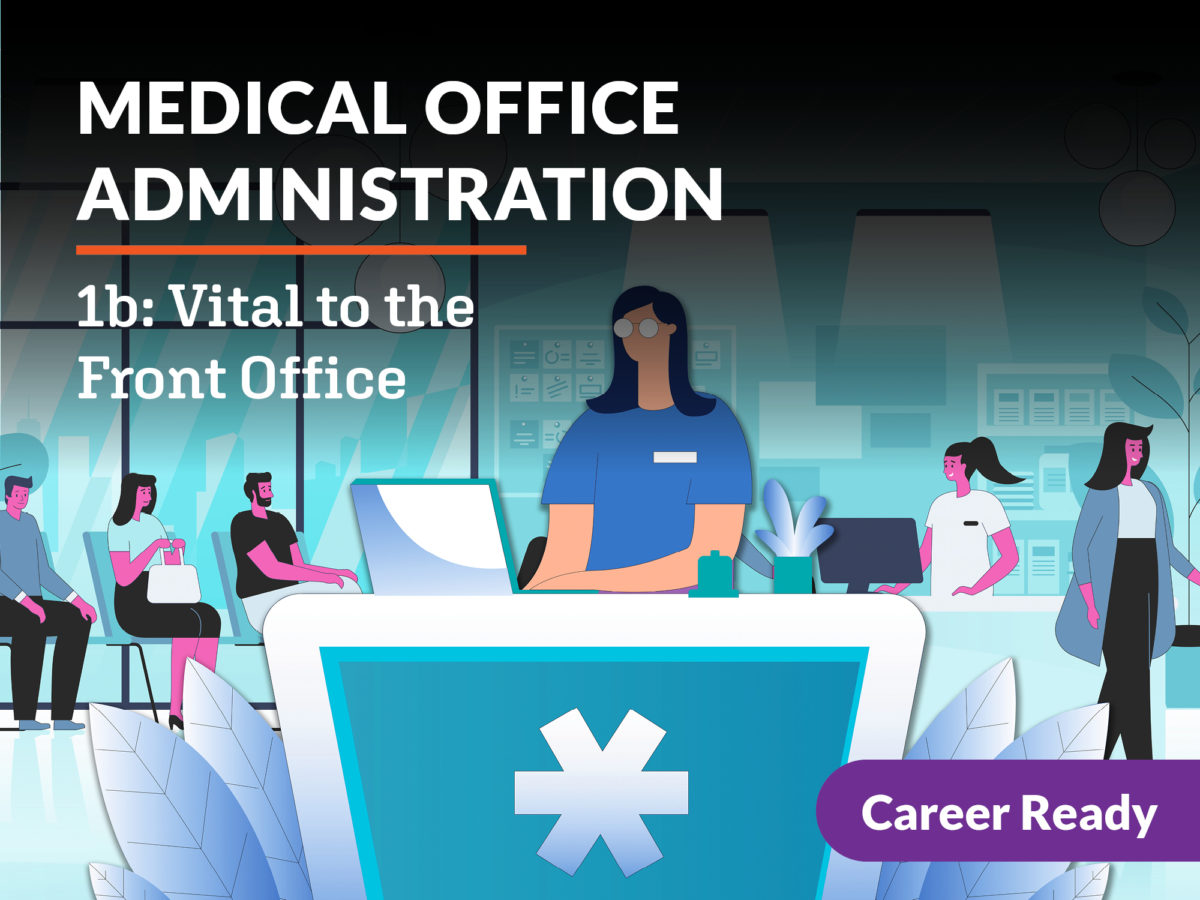Ideal Practices in Medical Management for Improving Effectiveness and Decreasing Costs
In the ever-evolving landscape of healthcare, the search of best techniques in medical administration is extremely important for enhancing effectiveness and suppressing costs. By incorporating advanced innovations such as electronic health and wellness records and telemedicine, health care companies can simplify operations and boost person care.
Leveraging Advanced Modern Technology
In today's rapidly developing health care landscape, leveraging innovative modern technology is no more optional but vital for efficient medical administration. The combination of electronic options right into medical care systems has actually changed the means centers run, streamlining processes and enhancing patient care. Electronic Health Records (EHRs) are critical, offering detailed individual information that can be accessed instantaneously by accredited workers, hence decreasing redundancy and lessening errors. By systematizing patient details, EHRs remove the need for difficult paperwork and promote smooth communication among doctor.
Telemedicine is one more technical advancement that has actually transformed person interaction. It offers ease for both clients and healthcare specialists by allowing remote consultations, which can minimize the need for in-person brows through and enhance appointment organizing. Additionally, telehealth systems can extend medical care access to rural or underserved locations, connecting gaps in treatment shipment.
Furthermore, the usage of Expert system (AI) and machine understanding is becoming increasingly widespread in anticipating analytics, permitting very early detection of possible health and wellness problems and even more informed decision-making. These innovations, when integrated efficiently, can boost diagnostic accuracy and individualize client therapy plans, eventually leading to improved medical care outcomes and operational effectiveness.
Optimizing Source Allotment
By tactically taking care of sources such as workers, tools, and financial resources, healthcare facilities can substantially boost their operational efficiency, boost person end results, and decrease unnecessary expenditures. The initial step in optimizing source allocation includes carrying out a thorough assessment of current assets and identifying areas where resources may be underutilized or exhausted.
Focusing on resource allocation based on individual demands and solution needs is important. Executing flexible staffing versions can also optimize labor sources by adjusting employees allotment in feedback to varying patient volumes.
Funds should be diligently checked and assigned with tactical insight to sustain both temporary functional requirements and long-term institutional objectives. This includes investing in training programs that enhance team expertises and embracing energy-efficient practices that reduce operational costs (medical administration). Ultimately, an optimized resource appropriation strategy fosters a sustainable healthcare atmosphere that is receptive, reliable, and monetarily sensible
Streamlining Workflow Procedures
When medical care centers goal to boost functional performance, improving workflow processes ends up being an essential emphasis. Effective process reduce redundancy, remove unneeded steps, and enhance control among healthcare professionals. This method not only speeds up solution shipment but additionally boosts the high quality of individual care.

Following, innovation assimilation plays a significant function in enhancing operations. Executing digital health documents (EHRs) and computerized medical professional order entrance (CPOE) systems lowers documents, minimizes human mistake, and ensures details comes to all relevant personnel. Additionally, leveraging telemedicine platforms can enhance person appointments and follow-ups, minimizing the strain on physical facilities.

Ultimately, streamlined workflows cause cost reductions and enhanced client contentment, fostering an extra lasting health care setting.
Enhancing Data Monitoring
Structure upon structured workflows, enhancing data monitoring ends up being an essential element in advancing medical care administration. Efficient data management systems are crucial for keeping accurate individual records, boosting decision-making, and making sure compliance with governing standards. By executing durable data management remedies, healthcare facilities can improve the high quality of patient treatment while concurrently decreasing operational expenses.
One trick aspect of improving information administration is the assimilation of advanced electronic health document (EHR) systems. These systems facilitate the seamless exchange of person information across various divisions, lowering replication of tests and lessening mistakes. A well-designed EHR more system supports information analytics, enabling doctor to recognize trends and make informed decisions concerning patient treatment.
Furthermore, protecting individual information is extremely important. Embracing detailed cybersecurity procedures, consisting of encryption and regular audits, makes certain the integrity and confidentiality of delicate details. This not only secures people however likewise maintains the establishment's online reputation.
Buying personnel training is another essential factor. Enlightening healthcare professionals on data management practices boosts their capability to efficiently read what he said use modern technology, leading to enhanced individual outcomes. Finally, improving data management via sophisticated innovation and extensive training is important for achieving performance and expense reduction in clinical administration.
Fostering Collaborative Interaction
A crucial part in advancing medical management is fostering joint communication amongst healthcare professionals. Effective communication is extremely important for ensuring smooth client treatment, enhancing treatment outcomes, and decreasing mistakes. By urging open discussion and control across multidisciplinary groups, health care companies can enhance their operational performance and lower unneeded costs.
Central to this approach is the assimilation of communication modern technologies such as digital health records (EHRs) and protected messaging systems, which assist in the quick exchange of important person information. These devices allow medical care providers to accessibility and share information in real time, making sure that all team members are informed and straightened in their decision-making procedures. Furthermore, routine team meetings and interdisciplinary rounds can further advertise a culture of cooperation and responsibility.
Educating programs concentrated on enhancing interaction skills are also crucial. Inevitably, cultivating collaborative interaction leads to boosted medical care delivery and cost financial savings.

Verdict
Including sophisticated modern technology, such as digital wellness documents and telemedicine, along with optimized source allocation and streamlined process processes, is vital for improving effectiveness in clinical administration. Reliable information administration and promoting collective interaction among medical care groups are important for lessening redundancies and improving treatment top quality. By prioritizing preventative care and participating in high quality improvement campaigns, medical care companies can accomplish substantial price savings and boosted person results, thereby ensuring sustainable health care distribution in an increasingly complicated environment.